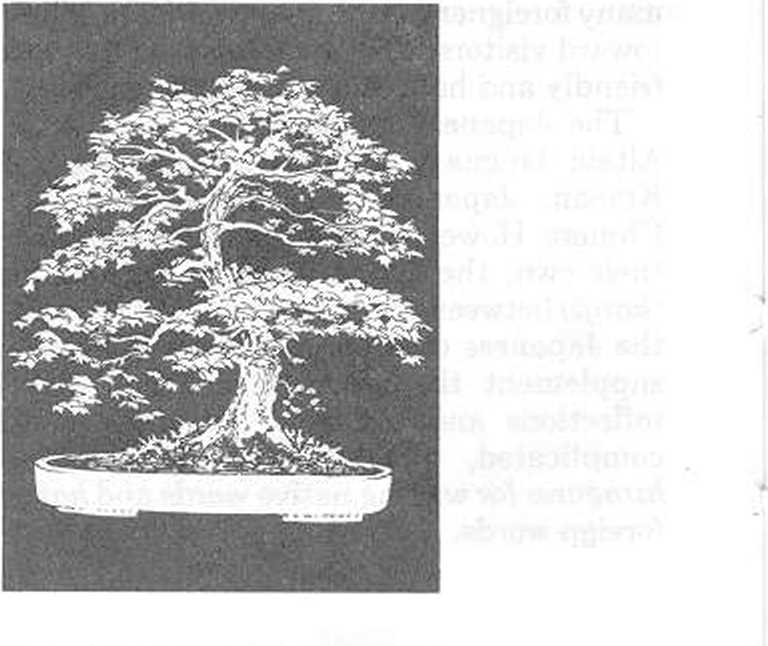PG003
6 Introduction
Although some Japanese tend to be suspicious of foreigners who speak their language too fluently, they greatly appreciate any effort by visitors to use their language. Many Japanese speak at least a little English and bewildered-looking foreigners will often be approached with an offer of help.
This book is designed to help you travel independently and to communicate your needs and ideas without offence. It is by no raeans a text for learning the complexities of Japanese grammar. Learning Japanese is, however, very rewarding and it is hoped that this book will whet the readers appetite to learn morę. For a humorous introduction to the Japanese language pick up a copy of Jack Seward’s Japanese in Action (John Weatherhill Inc, New York and Tokyo, 1968).
Good luck in your travels. Umaku iku yó ni!

Pronunciation
It’s fairly easy for English speakers to pronounce Japanese. There is also very little variance in stress. Eąual weight is given to every syllable of a word unless it has a lengthened vowel sound, in which case the duration of the sound is doubled. Although pitch is important in Japanese, simply following the pronunciation guide will allow you to be understood.
Throughout this phrasebook you will find both Japanese script and the romanised (romaji) forms of writing used side-by-side. Although it takes some dedication to learn the 2000 kanji necessary to read most Japanese writing, learning the kana syllabaries (hiragana and katakana)is a useful task that can be done in a few days. Use the chart overleaf to memorise them.
Vowels
|
a |
as |
‘a’ |
in |
‘father’ |
|
i |
as |
‘i’ |
in ' |
‘macaroni |
|
u |
as |
‘u’ |
in |
‘fiu’ |
|
e |
as |
łe’ |
in |
‘get’ |
|
0 |
as |
V |
in |
‘lot’ |
Vowels appearing in this book with a bar over them (a, e, /, ć, u) are pronounced long - about twice as long as regular vowels. This is a vital difference, as anyone who has confused komon (adviser) with komon (anus) can tell you.
The ‘u’ in the common polite verb desu (am, is, are) is muted and hardly pronounced at all.
Wyszukiwarka
Podobne podstrony:
htdctmw 124 Inking can tend to be tiresome, and it requires relentless concentration. Therefore, you
15 This also appears to be characteristic of the mountain forms of some species of Aldono gyrus1). T
night, don^ forget aboot the f...................They also tend to be dry and peeling and can teveal
skanowanie0052 (9) Computer assisted language learning tend to be cautiously optimistic without maki
00070 fb165febe7867857bf3f5a54487a5b 69 Adaptiye Hierarchical Bayesian Kalman Filtering this can b
ProcessSection CDisplay of permits It is important that permits are displayed so the persons who nee
14 Introduction Analysing the phenomena related to various aspects of child language lear-ning, we c
Huff method is thought to be one of the most often used models which takes into consideration the la
GoalsObjectives To be the largestbread manufacturer in the UK and to be supplier
ScannedImage 9 68 CONVERSATION freely, and talking about a religious experience? I he issue seems to
General Security Issues This section describes generał security issues to be aware of and what you c
26776 skanuj0084 (20) 87 DYLEMATY WIEJSKIEJ TURYSTYKI KULTUROWEJ authońs opinion it may be assumed t
więcej podobnych podstron